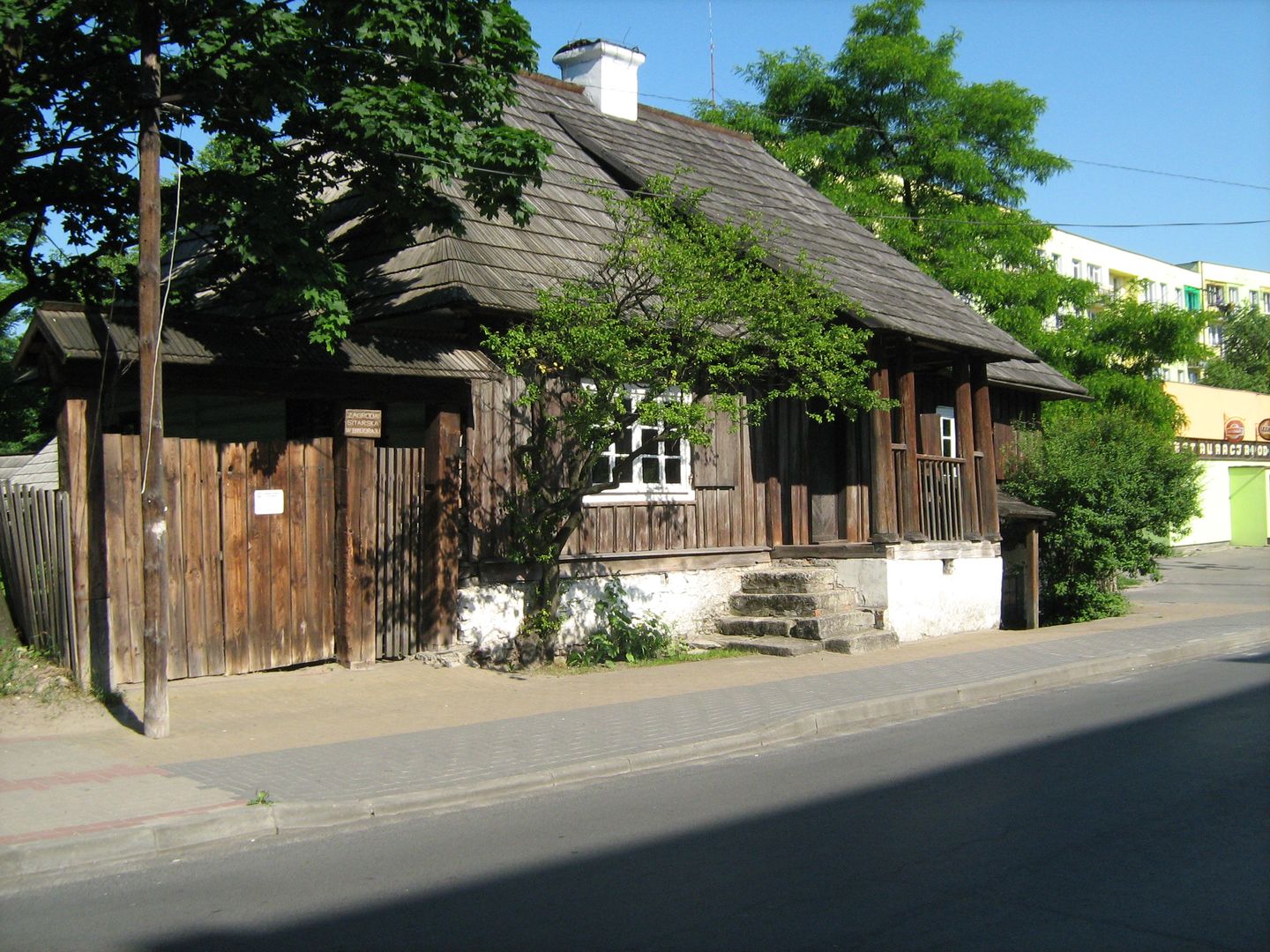The Museum of the Biłgoraj Land in Biłgoraj
6.62

Overview
The Museum of the Biłgoraj Land in Biłgoraj, established in 1966, is a cultural and educational institution dedicated to preserving and showcasing the region's cultural heritage. Initially, it operated as a branch of the Regional Museum in Lublin, and later in Zamość. The museum acquired a valuable collection thanks to Michał Pękalski, a local regionalist, and its first headquarters were located in the basement of the Biłgoraj City Hall. In 1973, due to the demolition of old sitar houses, a branch of the museum was created – the "Zagroda Sitarska" Open-Air Museum, and its official name was changed to the Museum of Folk Crafts in 1976. Although plans were made to relocate to a mill complex, these intentions were not realized, partly due to a fire in the building in 1987. In 1999, the museum was taken over by the Biłgoraj County, adopting its current name, and in 2014, the collections were moved to a new location in the former County Office. The museum offers a variety of exhibits, including "Partisan Weapons" and "Partisan Outpost," which illustrate the region's history during World War II, an exhibition dedicated to the Biłgoraj-Tarnogród costume, and "Poles – Ukrainians 1943–1945," focusing on the Volhynia Massacre, prepared by the Institute of National Remembrance. Another attraction includes lithographs by Gustaw Pillati and a photo exhibition depicting life in Biłgoraj during World War II. The museum is open to visitors every day except Mondays, and during the summer season, it is open on alternate weekends (the second and fourth weekends of the month), making it a popular destination for tourists. An interesting fact is that admission to the exhibitions is free on Saturdays, which encourages the promotion of local culture. Thus, the museum holds significant cultural and educational value, allowing visitors to explore the rich history and traditions of the Biłgoraj Land.
Location
2025 Wizytor | All Rights Reserved